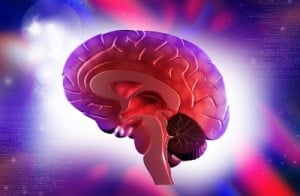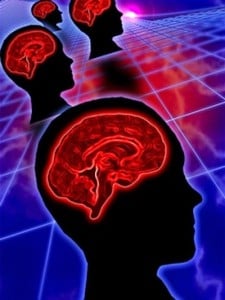
Diagnosing a child with a learning disability can be difficult considering all children learn at their own pace. However, all parents should be keeping a close eye on their children’s studies and grades to examine if they are exhibiting symptoms indicative of a learning disability. In fact, fifteen to twenty percent of the population has a reading disability. Dyslexia is a learning disability affecting both oral and written language abilities, affecting both males and females equally. Children inherit genetic links, so if you have a learning disability, it is not unlikely your child may as well.
Children who struggle with dyslexia are often diagnosed by the symptoms they have displayed both at home and/or in the classroom. Though symptoms displayed from young ages persist throughout life, dyslexia is symptomatic in different ways at different ages throughout the child’s life.
Signs of Dyslexia
 Preschool - Difficulties with:
Preschool - Difficulties with:
- Learning the ability to talk
- Adding vocabulary
- Pronunciation
- Recalling the right words
- Learning the alphabet
- Spelling
- Identifying colors, shapes, days of the week by name
- Following directions with steps
- Telling stories correctly
- Separating sounds in words
Kindergarten-Fifth Grade – Difficulties with:
- Consistent reading and spelling mistakes
- Letter reversals, such as confusing d for b
- Word reversals, such as top for pot
- Inversions, such as u and n
- Transpositions, such as felt and left
- Substitutions, such as house and home
- Reading isolated single words
- Connecting letters to sounds
- Learning to tell time
- Planning
- Confusing small words like at/to or does/goes
- Remembering facts
- Learning new skills
- Relying too much on memorization without comprehension
- Impulsivity

Middle School – Difficulties with:
- Finishing homework that requires reading in a timely manner
- Reading in front of class
- Stammering
- Replacing similar sounding words despite different meanings, such as distinct and extinct
- Spelling, grammar, and punctuation
- Expressing ideas in an organized fashion
High School – Difficulties with:
- Not understanding puns or hidden meanings
- Not understanding punch lines to jokes
- Arguing a point, not being able to support an argument
- Getting to the point of a story or argument
- Trouble reading charts and graphs
- Confusing left and right
 If children who have dyslexia are not treated within the first few years of development (up until Kindergarten or first grade), they will see significantly more problems in learning to read grade level appropriate material throughout their life. In fact, 74% of children who read poorly in the third grade remain poor readers until ninth grade.
If children who have dyslexia are not treated within the first few years of development (up until Kindergarten or first grade), they will see significantly more problems in learning to read grade level appropriate material throughout their life. In fact, 74% of children who read poorly in the third grade remain poor readers until ninth grade.
Neurofeedback trains the brain to work efficiently, improving executive functions and other necessary skills needed to read and comprehend material. If you suspect your child may have a reading disability such as dyslexia, schedule a free consultation with our director Dr. Jolene Ross.
First image courtesy of Phaitoon at FreeDigitalPhotos.net
Second image courtesy of David Castillo Dominici at FreeDigitalPhotos.net
Third image courtesy of imagerymajestic at FreeDigitalPhotos.net
Fourth image courtesy of photostock at FreeDigitalPhotos.net








